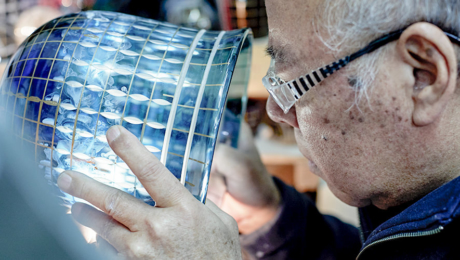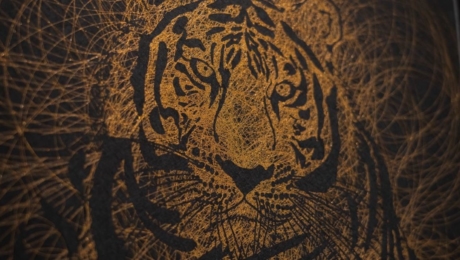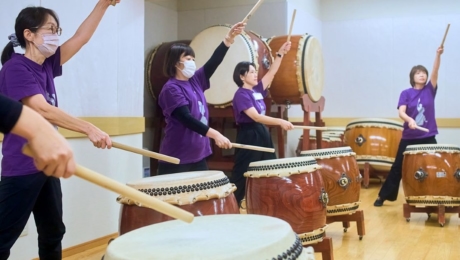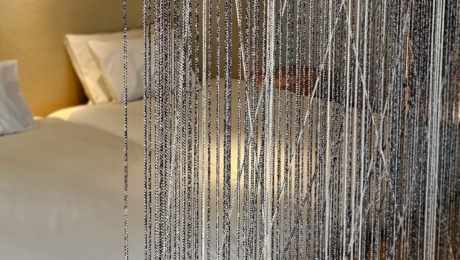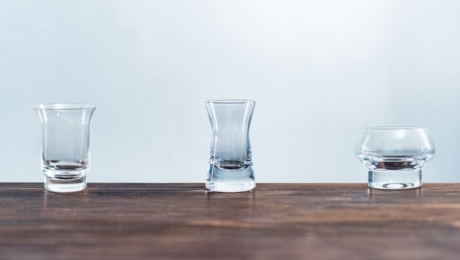

Encounters with Crafts and the Arts
2023.03.31
LIFE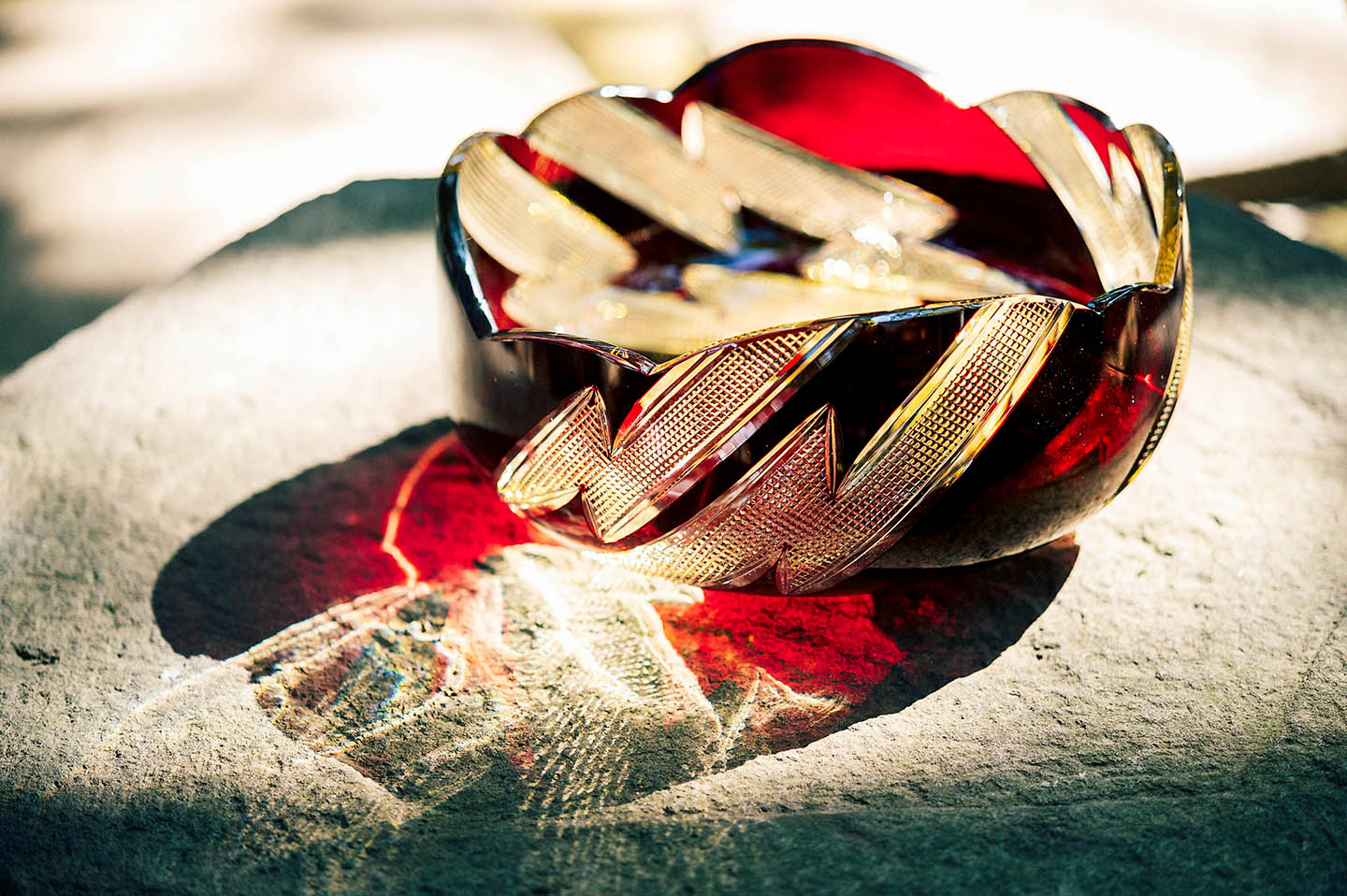
Edo Kiriko cut glassware is said to have begun in Nihonbashi during the late Edo period (1603-1868).
The people of the Edo period hoped that the various patterns carved into the surface of glass, such as kagome (basket weave), nanako (fish egg pattern), yarai (bamboo fence), and asa-no-ha (hemp leaf) patterns, would ward off evil and misfortune and bring good health.
Hanashyo was founded in Kameido by Mokichi Kumakura, and in 1946, during Japan’s post-war recovery period, it was passed on to second-generation master Ryuichi Kumakura and his wife, Setsuko, now Hanashyo’s president. Hanashyo began handling everything from design creation to manufacturing and sales in-house.
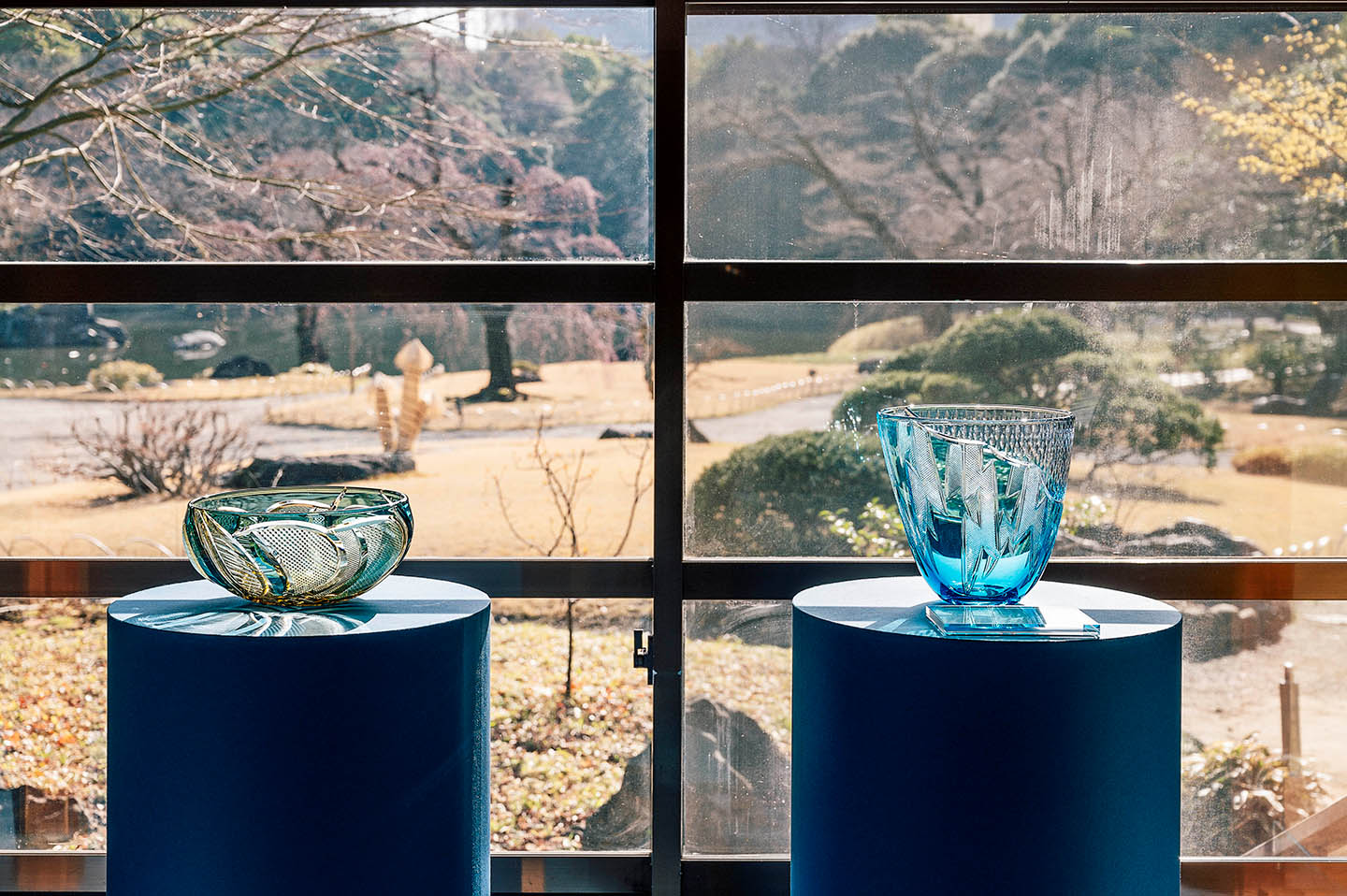
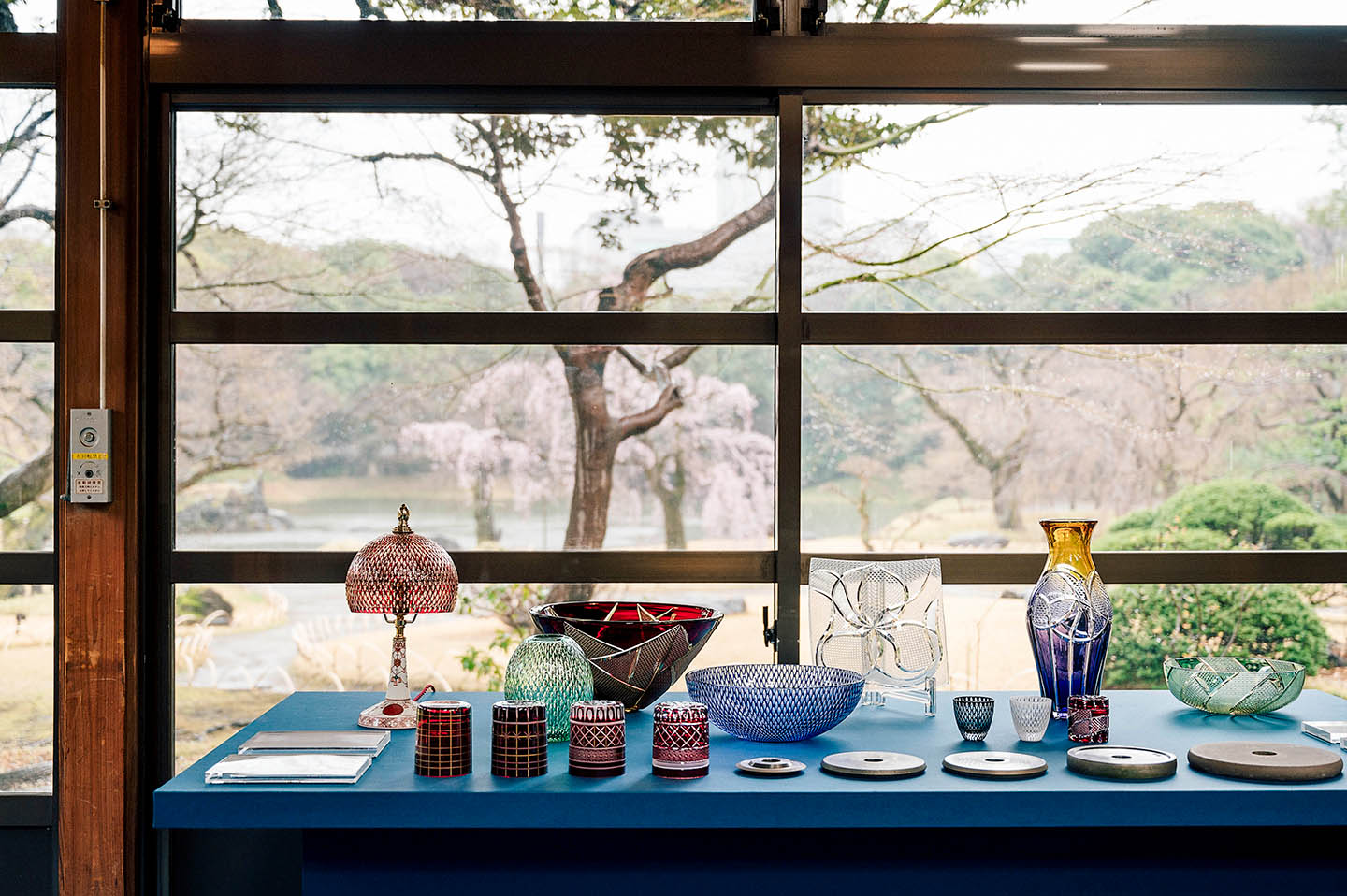
It carried on the traditions of the Edo period, but it also created its own new pattern, the kome-tsunagi (rice link) motif. Hanashyo continued to apply new sensibilities to its Edo Kiriko, and in 2008, its pieces were selected for presentation as gifts at the G8 Toyako Summit held in Hokkaido. This spirit of manufacturing was passed on to the next generation, Chisato and Takayuki Kumakura. Every day, they have sought to carry on developing new Hanashyo designs.
The base piece selected for this year’s collaboration was a large vessel with a distinctive bold red color that is difficult for modern craftsmen to reproduce.
Carving the cloud shapes drawn onto the rim of the vessel by Noritaka Tatehana was an extraordinarily difficult process.
However, by rising to this challenge, they were able to create a visual contrast between the nanako motif, which represents protection from bad luck, and the piece’s silhouette. This provided the piece with an even greater feeling of coherence as a sculptural piece.
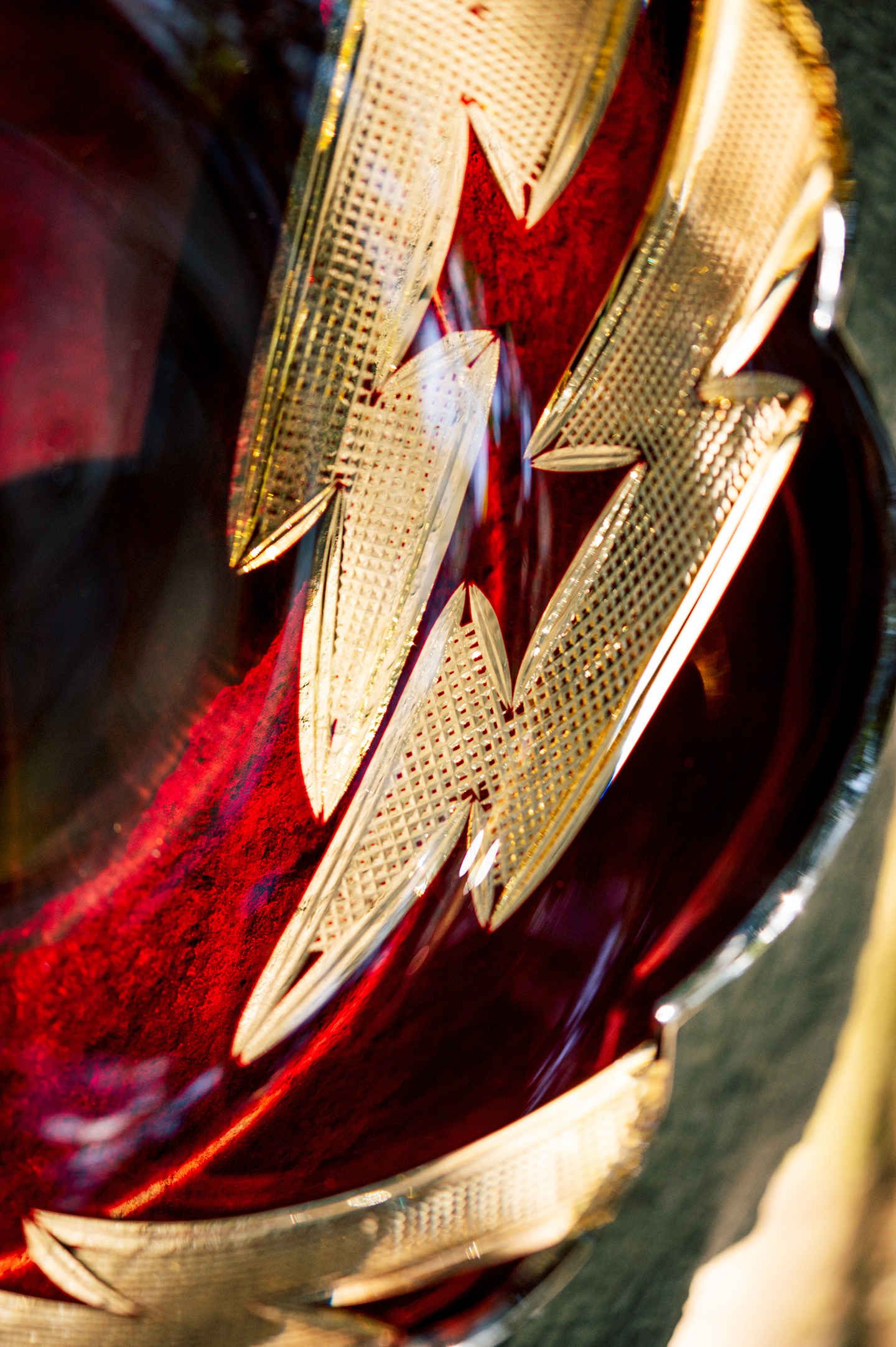
“Cutting a cloud shape into the rim of the vessel is a difficult process, and you run a risk of cracking the glass. There was no room for error, and our third-generation master, Takayuki, was guided purely by the sensibilities he’d developed through the years, but with guidance from our second-generation master, he took on the challenge, exercising all of his discipline and training,” explained Chisato Kumakura, director of Hanashyo.
Glass pieces are unique, and mistakes cannot be undone. Takayuki Kumakura, who took this glass to its limits, recalled, ” During the process of preparing again for the Edo Tokyo Rethink, I was fortunate to enjoy the invaluable experience of being inspired to develop new techniques and interesting designs.”

The work was exhibited in the former site of Hakke-do.
Mitsukuni Tokugawa, also known as Mito Komon, the second lord of the Mito Domain, is said to have placed a statue of Bunshosei, god of learning, here, but the statue was destroyed by fire in the Great Kanto Earthquake in 1923.
Noritaka Tatehana discussed why he chose this as the location to show the work.
“The red in this piece looks dark under artificial lighting, but when it’s taken outside and exposed to natural lighting, it looks completely different. I wanted to create an even greater contrast between light and shadow by placing the work in the former site of Hakke-do, where it would be lit by sunlight shining through the trees surrounding it.”
Indeed, the sun shines onto the piece at the former site of Hakke-do, creating vivid red shadows on its stone pedestal.
Chisato Kumakura discussed how participating in the Edo Tokyo Kirari Project exposed her to artistic perspectives and broadened her imaginative horizons.
“Generally, craftworks are thought of as objects intended for practical use. Through the exhibition, I’ve come to want to try to create pieces that soothe the soul and soften people’s hearts when they’re appreciated as works of art.”
When communicating with people from overseas, she has often encountered people who see Edo Kiriko glassworks as works of art.
Passing on Hanashyo to future masters may require not only unparalleled technical skills, but also the philosophy of Hanashyo itself, “seeking out new ideas without being held back by tradition.”
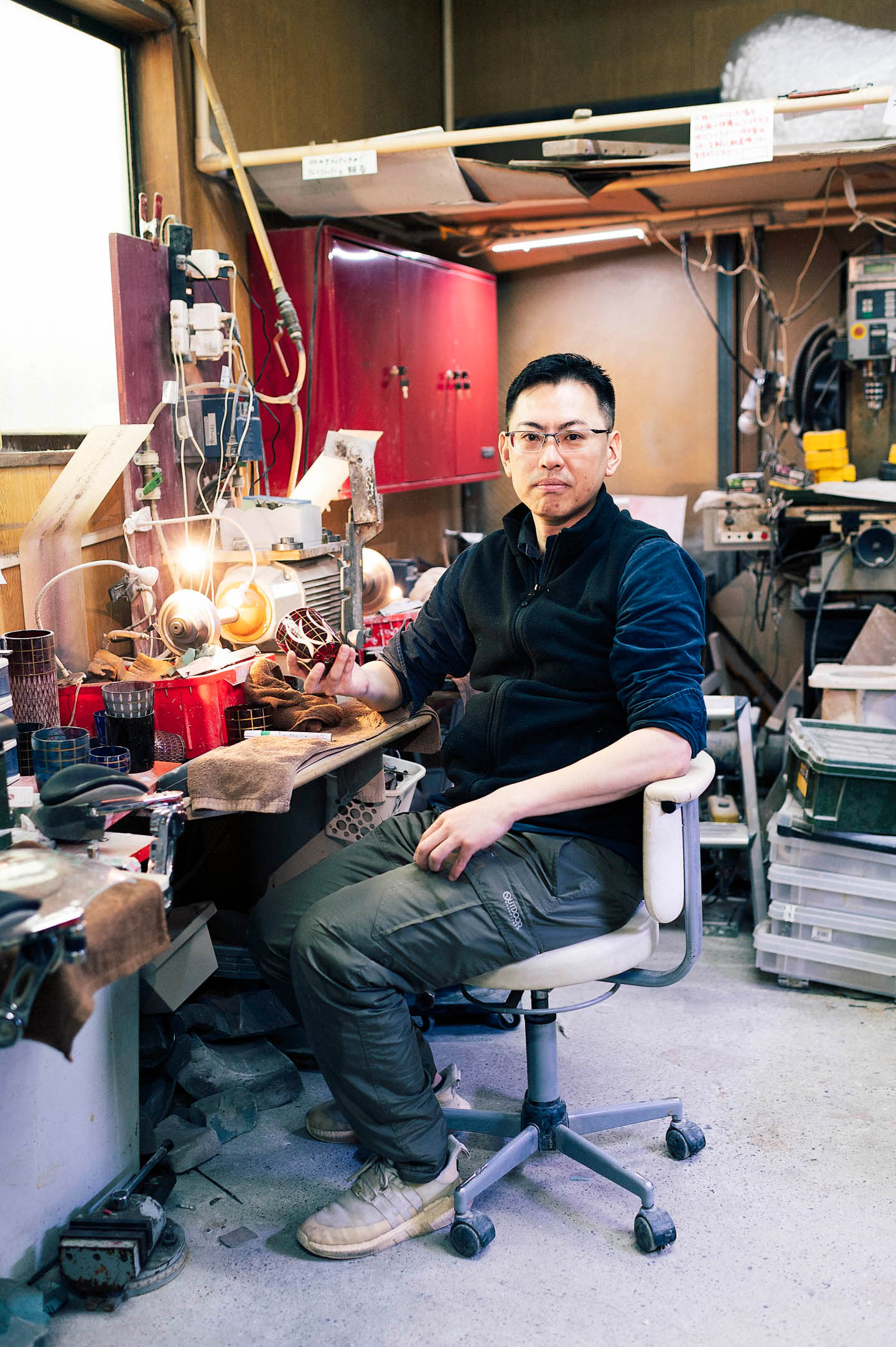
Photo by GION
Special Movie
Noritaka Tatehana x Edo Kiriko Hanashyo
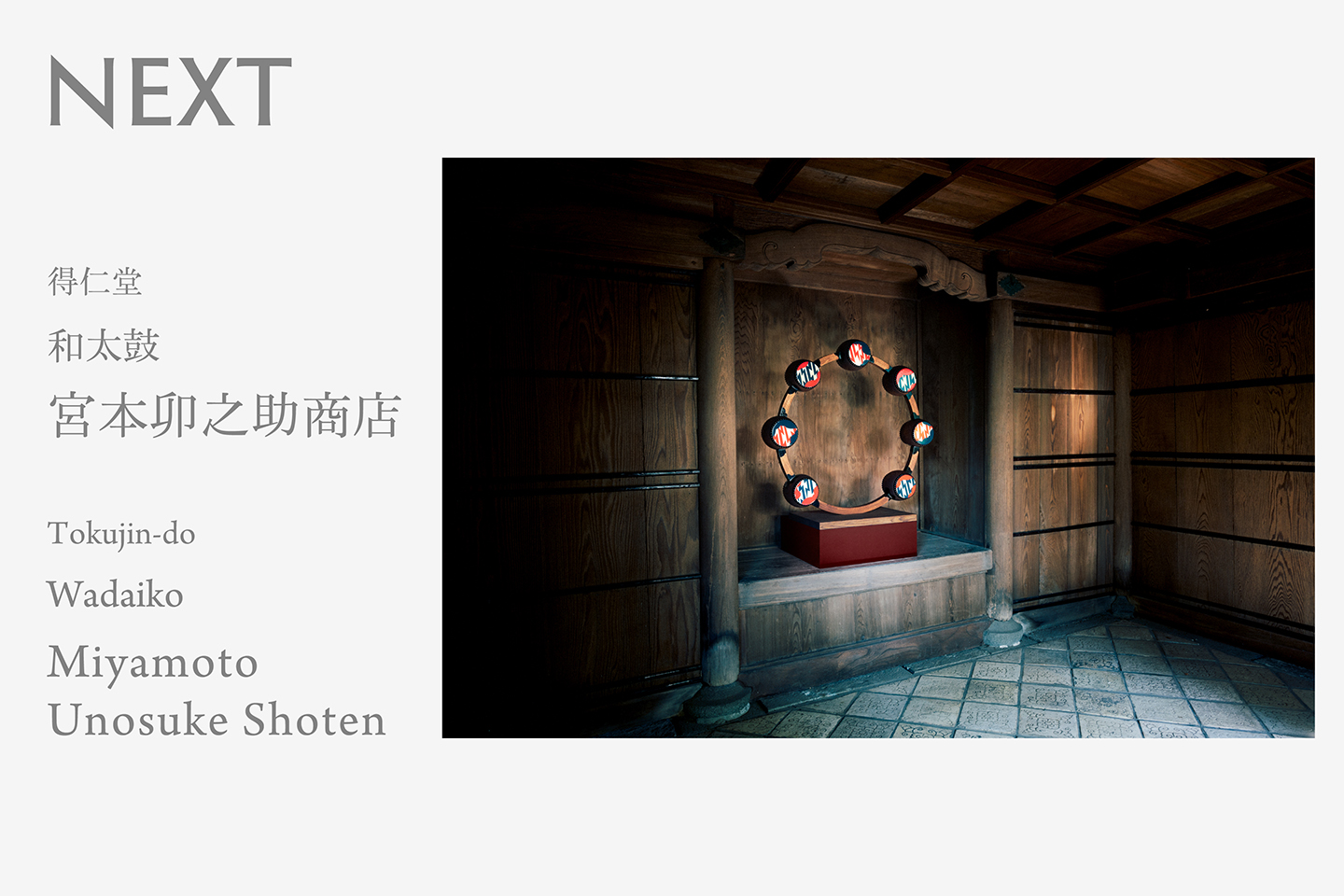
NEXT: 和太鼓 宮本卯之助商店 / Wadaiko Miyamoto Unosuke Shoten
https://en.edotokyokirari.jp/column/life/edotokyorethink2023-miyamoto-unosuke-shoten/


